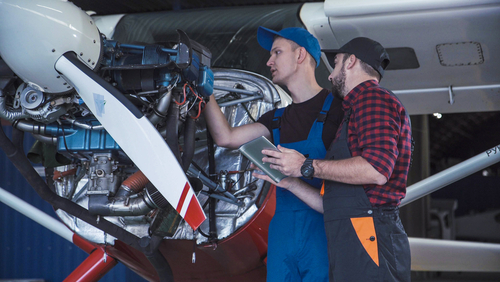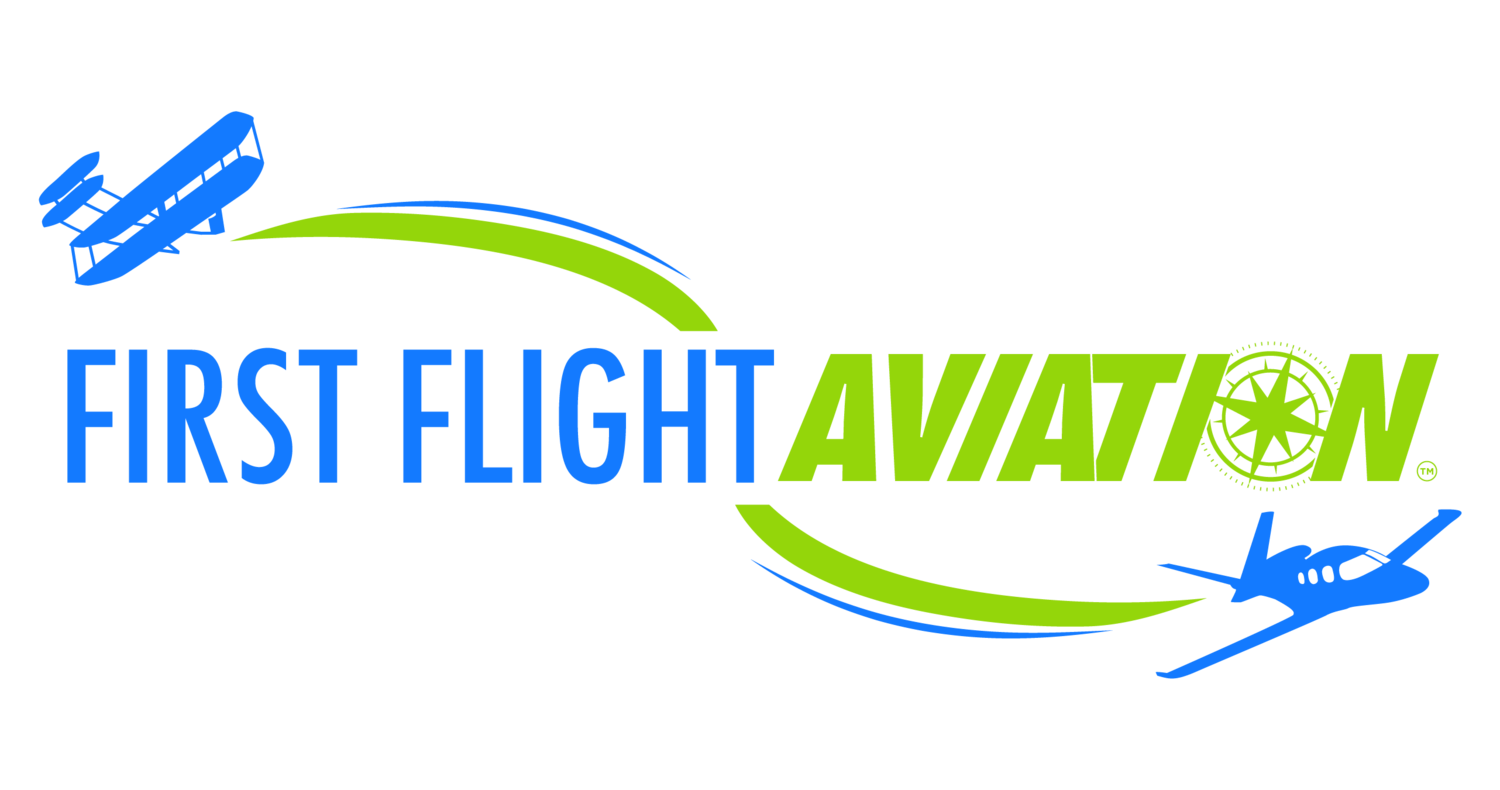
With the increasing demand for air travel, airlines are constantly looking for ways to maximize the lifespan of their aircraft to ensure safety, efficiency, and cost-effectiveness. Proper maintenance practices play a crucial role in extending the lifespan of an aircraft and ensuring its continued airworthiness. In this blog, we will explore some key maintenance practices that can help prolong the lifespan of an aircraft and keep it flying safely for years to come.
Call First Flight Aviation! (937) 885-5580
Regular Inspections and Maintenance Checks
Regular inspections and maintenance checks are essential for ensuring the airworthiness of an aircraft. Airlines must adhere to strict maintenance schedules set by aviation authorities to identify and address any potential issues before they escalate. Routine inspections, such as pre-flight checks, daily walk-around inspections, and scheduled maintenance checks, help detect wear and tear, corrosion, or other defects that may compromise the safety and performance of the aircraft.
Aircraft engineers and technicians play a crucial role in conducting thorough inspections and maintenance checks to ensure that the aircraft is in optimal condition. By following manufacturer-recommended maintenance procedures and guidelines, airlines can proactively address any issues, prevent potential problems, and extend the lifespan of their aircraft.
Use of High-Quality Parts and Components
The quality of parts and components used in aircraft maintenance significantly impacts the overall lifespan and performance of the aircraft. Airlines must use high-quality, approved parts and components that meet stringent aviation standards to ensure safety and reliability. Substandard or counterfeit parts can compromise the integrity of the aircraft, leading to premature wear and potential safety hazards.
By sourcing parts and components from reputable suppliers and manufacturers, airlines can rest assured that their aircraft are equipped with quality materials that meet industry standards. Investing in high-quality parts and components may require a higher upfront cost, but it pays off in the long run by extending the lifespan of the aircraft and reducing maintenance expenses.
Adherence to Maintenance Programs and Procedures
Adherence to maintenance programs and procedures is crucial for maximizing the lifespan of an aircraft. Airlines must follow comprehensive maintenance programs established by manufacturers and regulatory authorities to ensure the proper upkeep of their fleets. These programs outline routine maintenance tasks, inspection intervals, and repair guidelines that help keep the aircraft in top condition.
By strictly adhering to maintenance programs and procedures, airlines can preemptively address potential issues, identify wear and tear, and replace worn-out components to prevent more significant problems down the line. Regularly scheduled maintenance tasks, such as engine overhauls, landing gear inspections, and avionics checks, are vital for maintaining the airworthiness of the aircraft and extending its operational life.
Utilization of Predictive Maintenance Technologies
Advancements in predictive maintenance technologies have revolutionized the way airlines manage and maintain their aircraft. Predictive maintenance uses data analytics, sensors, and predictive modeling to monitor the condition of aircraft components and predict potential failures before they occur. By leveraging predictive maintenance technologies, airlines can identify maintenance needs proactively, optimize maintenance schedules, and reduce downtime.
Monitoring key performance indicators (KPIs), such as engine health, fuel consumption, and component wear rates, enables airlines to make data-driven maintenance decisions and prioritize critical maintenance tasks. By implementing predictive maintenance strategies, airlines can increase the reliability and availability of their aircraft, minimize unscheduled maintenance events, and extend the lifespan of their fleets.
Investment in Training and Skill Development
Investing in training and skill development for maintenance personnel is essential for maintaining the airworthiness of an aircraft and prolonging its lifespan. Aircraft engineers, technicians, and maintenance staff must possess the knowledge, skills, and experience required to perform maintenance tasks accurately and efficiently. Ongoing training programs, certifications, and skill development initiatives help ensure that maintenance personnel stay up-to-date with the latest technologies, regulations, and best practices in aircraft maintenance.
By investing in training and skill development, airlines can enhance the proficiency and expertise of their maintenance teams, improve operational efficiency, and maintain the highest standards of safety and quality. Well-trained maintenance personnel are better equipped to conduct thorough inspections, perform complex maintenance tasks, and identify emerging issues that could impact the lifespan of the aircraft.
Summary
Proper maintenance practices are vital for extending the lifespan of an aircraft and ensuring its continued airworthiness. By conducting regular inspections and maintenance checks, using high-quality parts and components, adhering to maintenance programs and procedures, leveraging predictive maintenance technologies, and investing in training and skill development, airlines can maximize the lifespan of their aircraft and optimize their operational performance. Adopting a proactive approach to aircraft maintenance is key to ensuring the safety, reliability, and longevity of aircraft fleets in the constantly evolving aviation industry.
Need a Fixed-Base Operator in Dayton, OH?
Here at First Flight Aviation, our top priority is ensuring the safety, efficiency, and longevity of your aircraft. With the increasing demands of air travel, proper maintenance practices are more crucial than ever. That’s why we offer comprehensive maintenance solutions tailored to your fleet’s needs. Whether it’s regular inspections, utilizing high-quality parts, adhering to maintenance programs, or implementing predictive maintenance technologies, our team is dedicated to maximizing the lifespan of your aircraft. Reach out to us today to learn more about how we can help keep your fleet flying safely for years to come.
